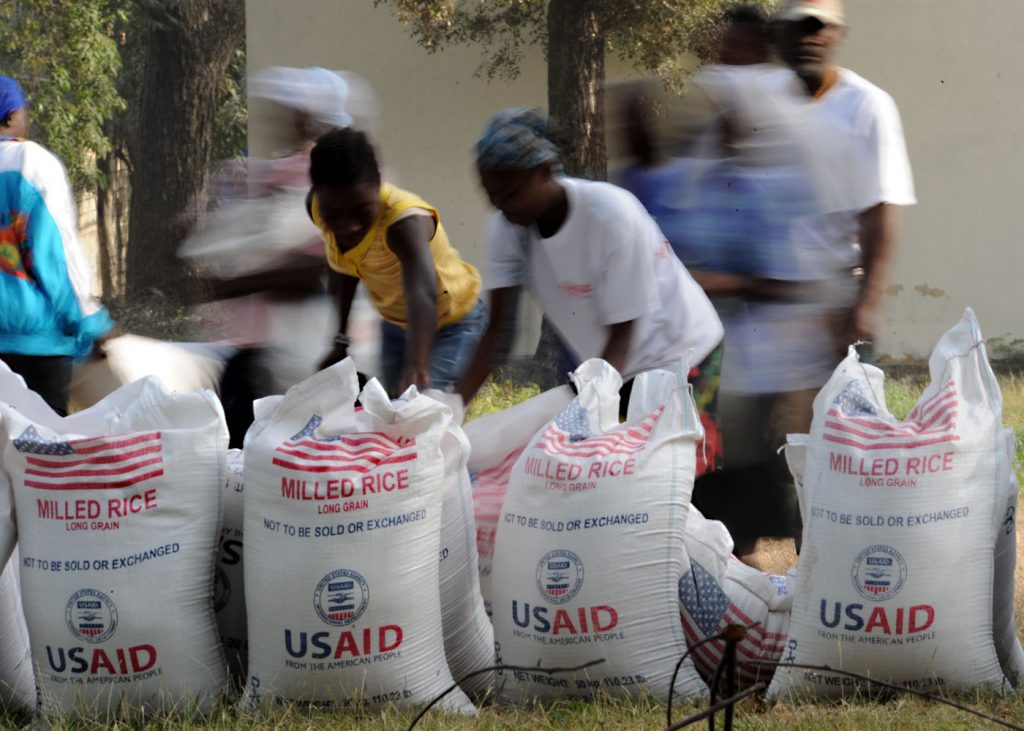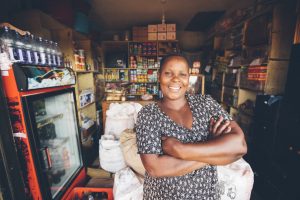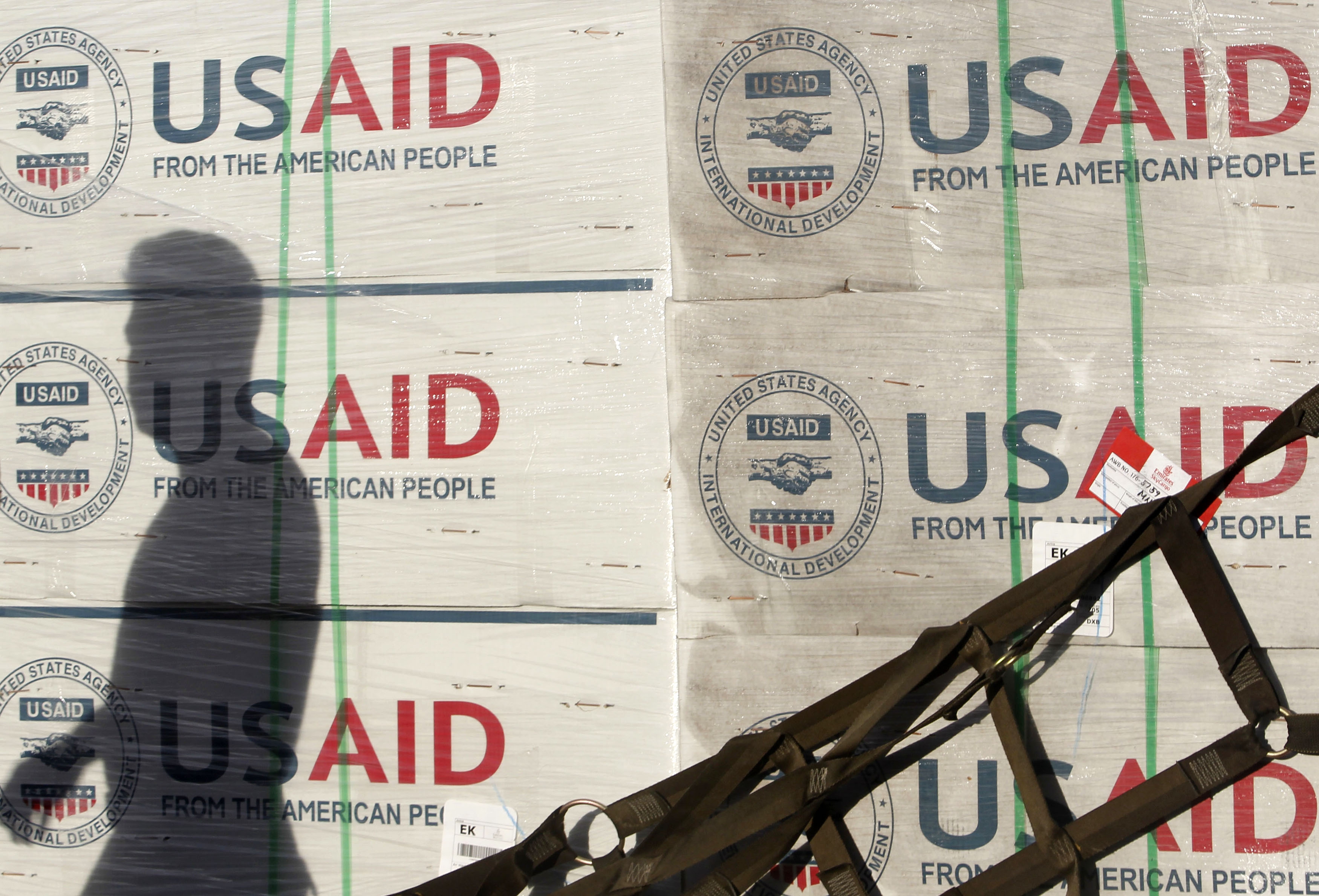Buy a pair of Toms shoes. Sponsor a child living in poverty. Take a vacation to Haiti and build a school. The push to support international assistance projects such as these makes those of us who live in developed countries feel like we’re doing our part in helping out our fellow human beings. But what impact do these donations really have on the lives of the people they’re intended for? While that free pair of shoes may be providing protection for a starving child, it is taking away business from a local cobbler. That monthly donation may be causing an entire family to be reliant on the aid one of their children receives, rather than providing the parents with opportunities to provide for their family themselves. That building you built last year in Haiti has since been dismantled and rebuilt by locals because it was constructed by inexperienced volunteers. While well-intended, the flawed development aid system has kept developing nations from empowering themselves for decades.
As privileged Americans, we can offer so much more to those in need than just handouts, but the flaws in the system through which we administer this help must be remedied first.
Defining International Aid & What’s Wrong with It
The mechanisms for assisting developing countries are at the root of the institutional issue of ineffective aid. Both public and private aid have their own sets of pros and cons, but ultimately neither is adequately meeting the most pressing needs of the developing world.
Aid that comes from the government is either allocated to specific development projects through organizations such as the Peace Corps, or given directly to governments to disperse as they see fit. In the 2016 fiscal year, the United States government spent nearly $38 billion in foreign aid, with $3.75 billion of that going to economic development. USAID, one of the largest state agencies in charge of implementing foreign aid funds, has been criticized for leveraging its position as a humanitarian organization to “further America’s interests” in developing countries, from giving American contractors precedence over local workers, to having a fake vaccination drive in order to obtain the DNA of a terrorist’s family members. The money allocated for poverty relief and development comes with many strings attached, and often never fully reaches the people it is intended for. While government aid has incredible potential to increase the economic opportunity for people in developing nations, it largely benefits those in power in the interest of improving political relations between these nations and the United States or enriching heads of state.
While aid that comes from the private sector does usually come without the stigma of political affiliation, it faces some of the same issues as government aid because a lot of development NGOs are large and may have conflicting interests. However, the rise of social entrepreneurship in the mid-2000s is changing the way we look at private aid. Though the exact definition of social entrepreneurship is still being formed, those who choose to take on this alternative, more socially responsible approach to humanitarian aid are changing the way professionals approach the needs of the developing world. By implementing traditional business strategies with on-the-ground collaborative aid and awareness, this new attitude towards aid and social responsibility is attempting to change how those who want to help are approaching aid efforts.
The chief problem with foreign assistance lies in its economic consequences. By providing developing countries with an endless supply of goods, services, or blank checks, aid organizations create a cycle of reliance on outside sources, and discourage local entrepreneurs from innovating and economies from developing.
Aid organizations that arrive after natural disasters to help developing nations rebuild sometimes never leave, creating a surplus of free goods in local markets, making it nearly impossible for local businesspeople to sell their goods. In the late 1990s, the US government provided subsidies for American rice farmers to send their crops to Haiti. At the same time, the Haitian government reduced import tariffs on rice from 50 percent to 3 percent as part of a World Bank structural adjustment program, causing the country to import over 80 percent of its rice over the next twenty years. American rice has flooded the market in Haiti, making it nearly impossible for local rice farmers to make a living. While the short-term effects of providing much-needed aid to a struggling country may not have been very severe, the fact that these subsidies still remain in place after more than 20 years is alarming, and ultimately detrimental to one of the poorest countries in the world.

Additionally, continually providing a service for years and years in a particular country releases governments from the responsibility of providing these basic services for their people. In developing countries that are already having a hard time keeping peace and electing non-corrupt leaders, reliance on international aid does nothing to promote solutions to these issues. In African countries such as Zimbabwe, the majority of spending for education and healthcare comes from foreign NGOs. While the government is not currently providing support for either of these services, the assumption that it is perpetually unable to is severely limiting the growth of the national infrastructure. If these services from outside parties were reduced and governments were appropriately monitored to allow effective social services to develop, the future for these nations might be a little bit brighter.
The monetary aid given to governments for the purpose of implementing social programs or investing in infrastructural improvements rarely sees the light of day. While such misdirection of aid happens every day, perhaps the most infamous example was President Mobutu Sese Seko, who in the late 1990s embezzled $5 billion in aid money from his country of Zaire. More recently, other African and Middle Eastern leaders have openly continued to take aid money from their governments, yet the money continues to pour in.
Solutions to a Broken System
Recently, those who work in aid have realized the ineffectiveness of many assistance projects, and have begun to implement structural programs to empower those in need to better themselves. Companies such as the Apparent Project provide workers with a skill that allows them to participate in the global economy and receive a living wage for their work. The Apparent Project in particular teaches Haitian parents how to make jewelry out of recycled paper, sells them abroad, and in turn provides a steady living wage with benefits. Additionally, workers receive training in vital professional skills that will allow them to move on to bigger and better jobs in the future.

In recent years, microfinance institutions, such as Kiva, that provide small loans to entrepreneurs in developing countries have gained popularity and success because of their sustainability and ultimate goal of empowering those in need rather than just propping them up. However, microfinance is not a perfect solution to economic inequality. Research has found that microfinance is a small-scale solution to a large-scale problem. Those who take out microloans often default on their loans and are unable to keep up with the exorbitant interest rates put in place by lenders, mostly due to flawed business models and lack of access to resources, such as cell phones and financial education. Contrary to past attempts to provide sustainable economic assistance, microloans fill a gap that other institutions cannot fill by lending small amounts of money that larger banks would not fulfill.

Ultimately, the developing world does not need the charity of its richer neighbors. What it needs is a boost in the global economy that will allow it to buy and sell alongside developed countries. We so often buy into the idea that those living in developing countries don’t have the ability or desire to provide for themselves, when really all they need are the resources and opportunities to lift themselves out of poverty.

